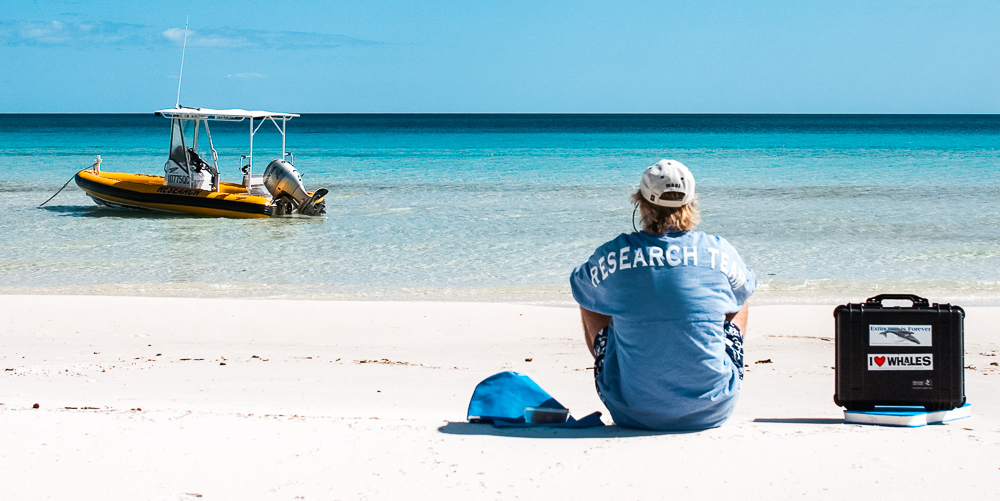Our research in Australia began in Hervey Bay in 1984 when Pacific Whale Foundation Founder, Greg Kaufman, visited the area as part of a documentary film project. Greg and his team realised the area was a critical resting place for humpback whale mothers and calves heading back to their feeding grounds in the Antarctic. They resolved then and there to learn more about this population of majestic animals.
Our initial work involved photo-identification of humpback whale flukes (or tails), as well as collecting humpback whale song recordings. These initial recordings were some of the first that were compared to Hawaii’s whales in an effort to understand the global significance of whale song. We have been doing humpback whale research in Hervey Bay ever since.


